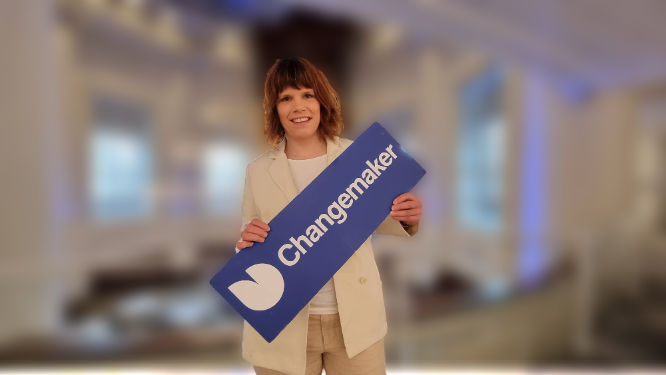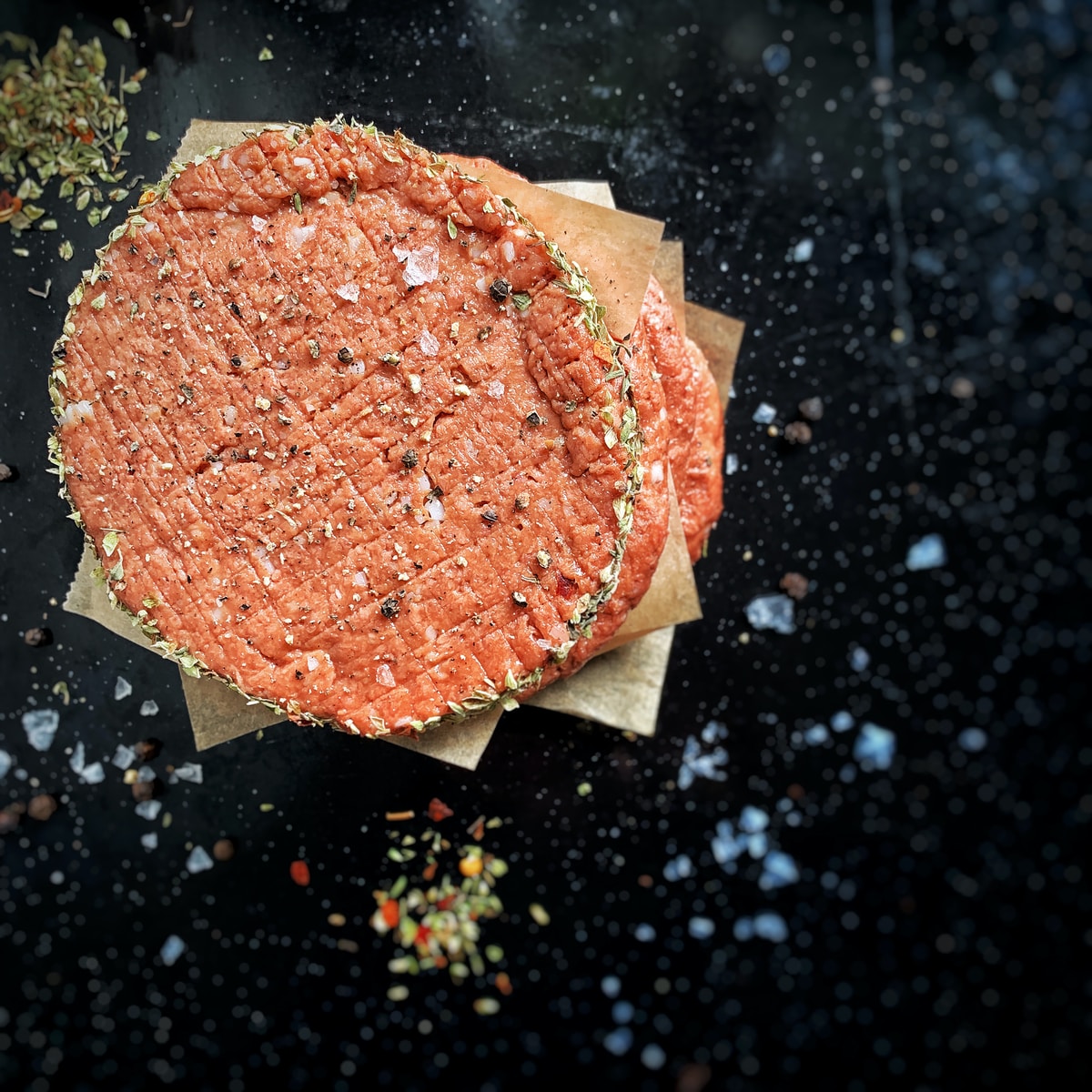#Changemaker: The tastiest part of chicken is plant science
The chicken crossed the road to plant-based poultry. Non-animal meat alternatives cut CO2 emissions by three-fourths and water usage by half, so it’s easy to understand why the chicken took the step. The big question is how it could be done.
“The simple answer is technology development,” says Vera Kasics, Head of Global Manufacturing at Planted. The company has grown a reputation as a front-runner in the plant-based meat industry, serving mouth-watering alternatives to traditional chicken tenders, pulled pork, kebab shavings, and more.

The products are made from a mixture of natural raw materials such as peas, oats, sunflower, rapeseed oil and water.. In fact, they contain pretty little else and certainly no additives. But the plants on their own do not produce the juicy mouthfeel of chicken breast or the bite of a schnitzel.
Vera’s team relies on extrusion and fermentation to create the Planted magic. The techniques are well tried and tested, but the novel application of plant-based changes everything. “It’s never just extrusion or fermentation,” points out Vera, “You have to build a whole new process for each product, for each recipe.”
When the extruder was first developed, the US was only transitioning to its second president, China was still in the High Qing Era, and Bonaparte was busy reshaping the map of Europe. The technology has changed radically down the centuries, adapting to new products from breakfast cereals to plastic pellets. Fermentation goes even further back. Kenkey, surströmming, dhokla, tepache; the method crosses ancient traditions around the world.
Back to the 2020s and Planted brings all the food processing power of fermentation and extrusion to create fibrous and protein-rich textures. But this technology still needs a lot of innovation. Vera tells us that the unique requirements of the products demand an in-house engineering department. Creating the iconic boxes of marinated meals takes as much science as gastronomy.
Planted decided early on to pursue an own-production strategy, taking charge of the entire manufacturing process. After testing the first products at pilot scale, the founders took on the challenge to ramp up production into a full line. That’s where Vera came in. With extensive experience in food manufacturing and an appetite for change, she was the perfect conductor to orchestrate this complex transition to industrial-scale manufacturing.
The company invested time developing its special extrusion technique before launching the first products commercially. For Vera, one of the milestones of Planted’s young life was when the team finally established a production process that could be reproducible.
At this point of our conversation, Vera reminisces about how “low-tech” the company started out. Her disclosure reveals more about the plant-based food industry than the end products themselves; turning cereals, seeds, and legumes into nutritional and appetizing foods is a formidable processing puzzle. The technology is available, but processing knowledge is scarce. That know-how is what ultimately differentiates Planted.
Another peculiarity of the brand is its production plant in Kemptthal, Switzerland. Located in a glasshouse, the facility gives passers-by a full view of the production steps and process. Vera explains that transparency is a corporate core value and, unlike traditional meat processing operations, Planted is happy to show its work. Over 2800 visitors have visited the facility in 2022.
But what about process knowledge? Doesn’t total exposure give the game away? “Our production house is open to everyone, but the secrets of processing are in our experts’ minds,” replies Vera with a chuckle.
Technology is nothing without vision, and production steps without process knowledge do not produce new food categories. The process expertise at Planted grew hand-in-hand with machine capabilities. Even at this stage of processing maturity, the team registers new process knowledge every day, and the internal mantra is that the production floor is still a lab.
“There’s a delicate balance between innovation and consistency”
However, with the brand firmly established on several retail shelves and food service menus across Europe, experimentation must not come at the expense of market expectations. “There’s a delicate balance between innovation and consistency,” says Vera, summing up the critical production challenge she wakes up to every morning.
This tension is at the heart of the plant-based food industry. The category has taken giant steps forward since the minced-veg patties of the 1980s. The textures are definitively meatier, with long fibre strands that replicate the properties of animal-derived products in the pan and the mouth. Nutritional values are another substantial improvement as top manufacturers like Planted avoid over-processing and additives. Nevertheless, the sector acknowledges that it’s not yet where it wants to be regarding product development.
Vera explains that meat alternatives are only the beginning: “Our vision is to offer plant-based proteins in tasty and convenient formulations, but they don’t necessarily have to mimic meat.” A grand vision but entirely within reach of Planted. As the production team masters the manufacturing process, the brand will tantalize consumers with a broader plant-based range.
Until such time, it’s comforting to know that chickens can cross the road to plant-based safety. In less than five years, Planted spared over a million birds from the knife.
